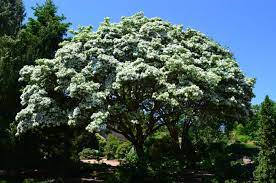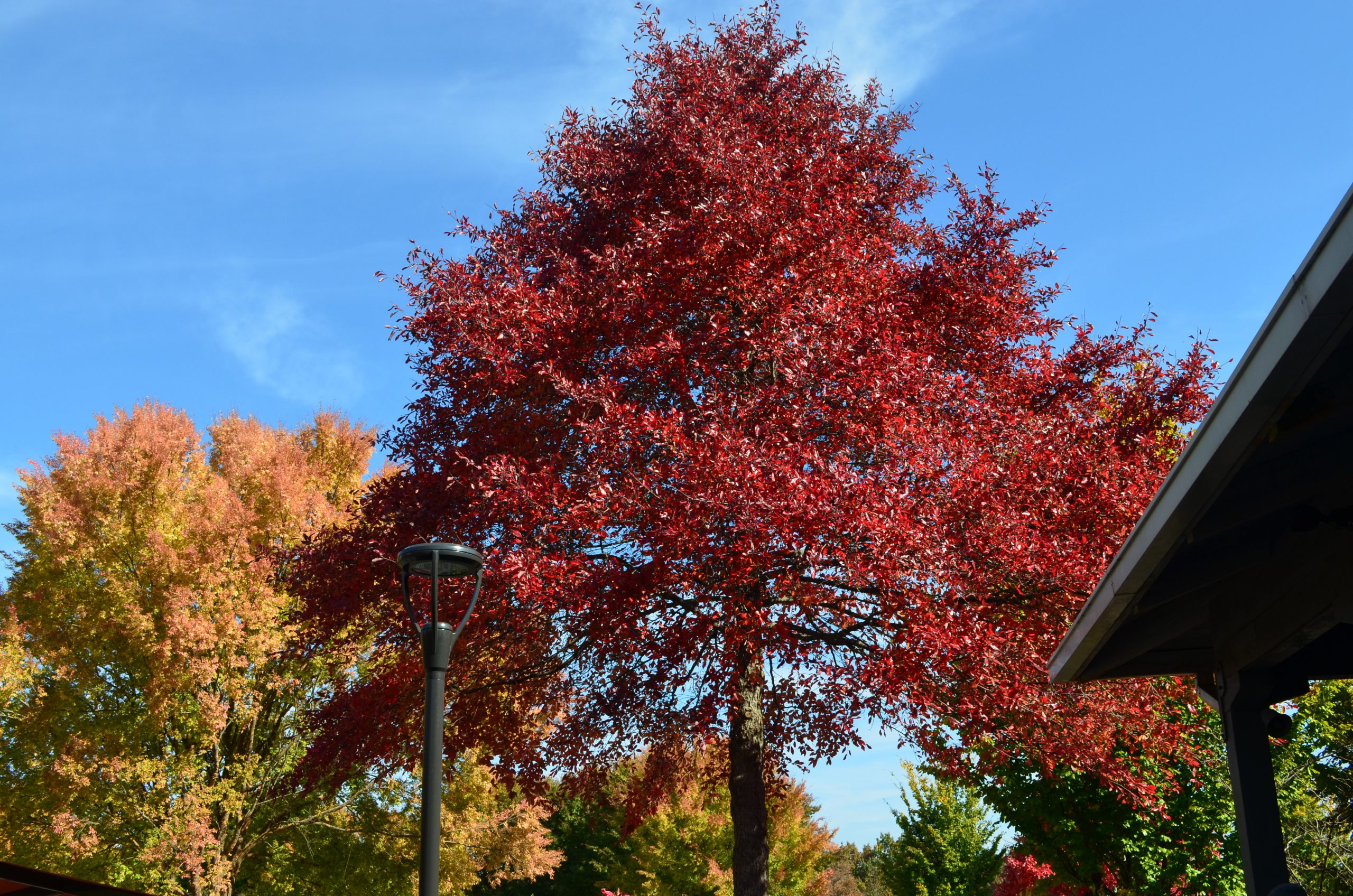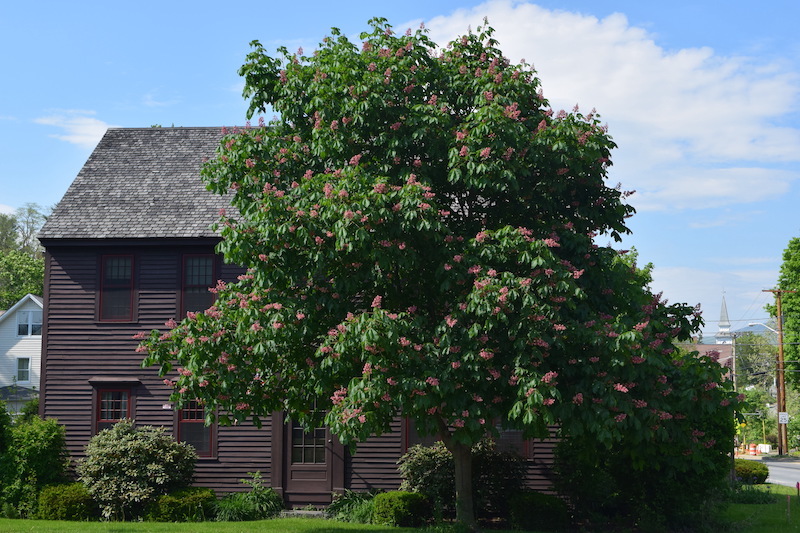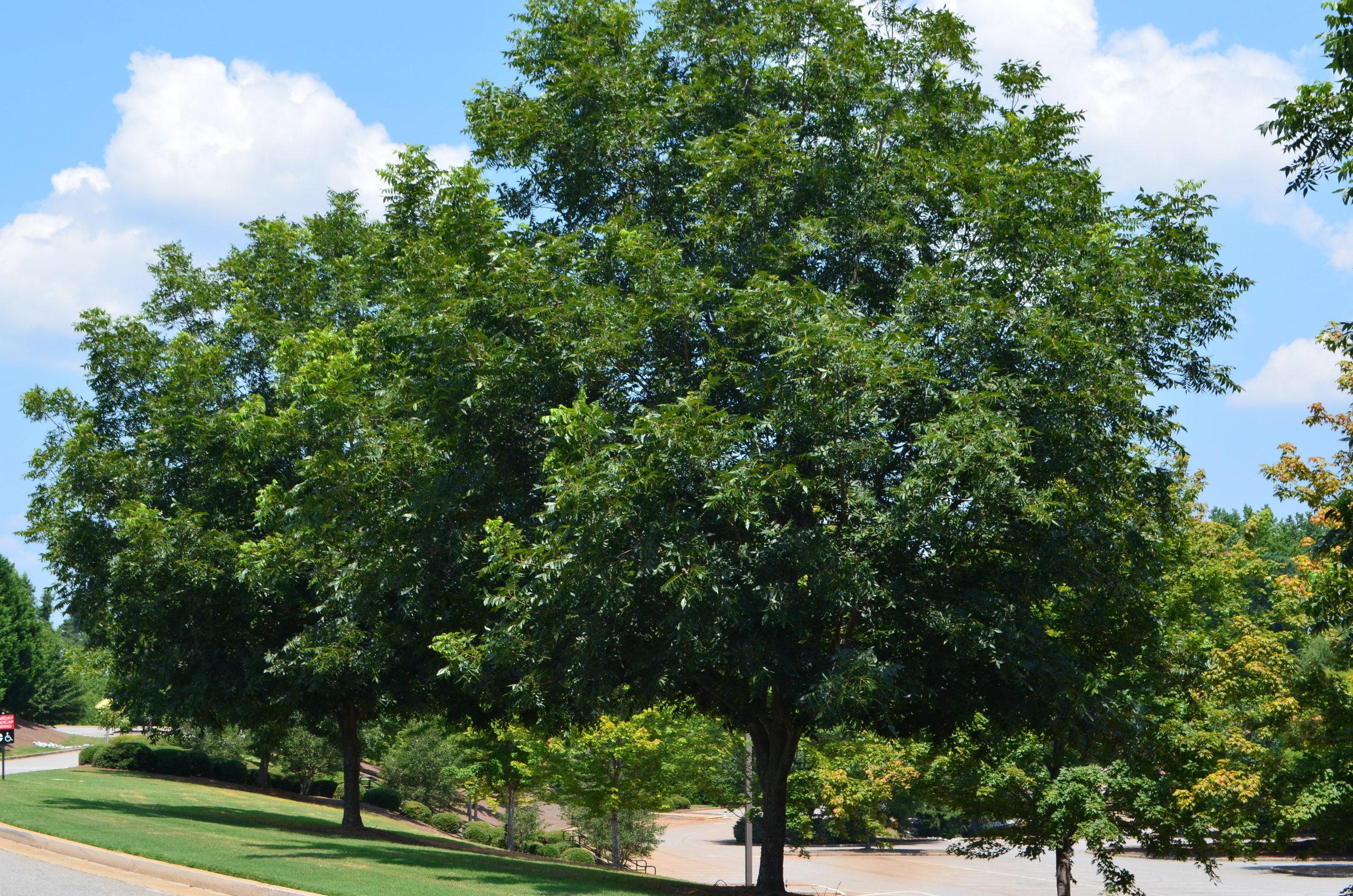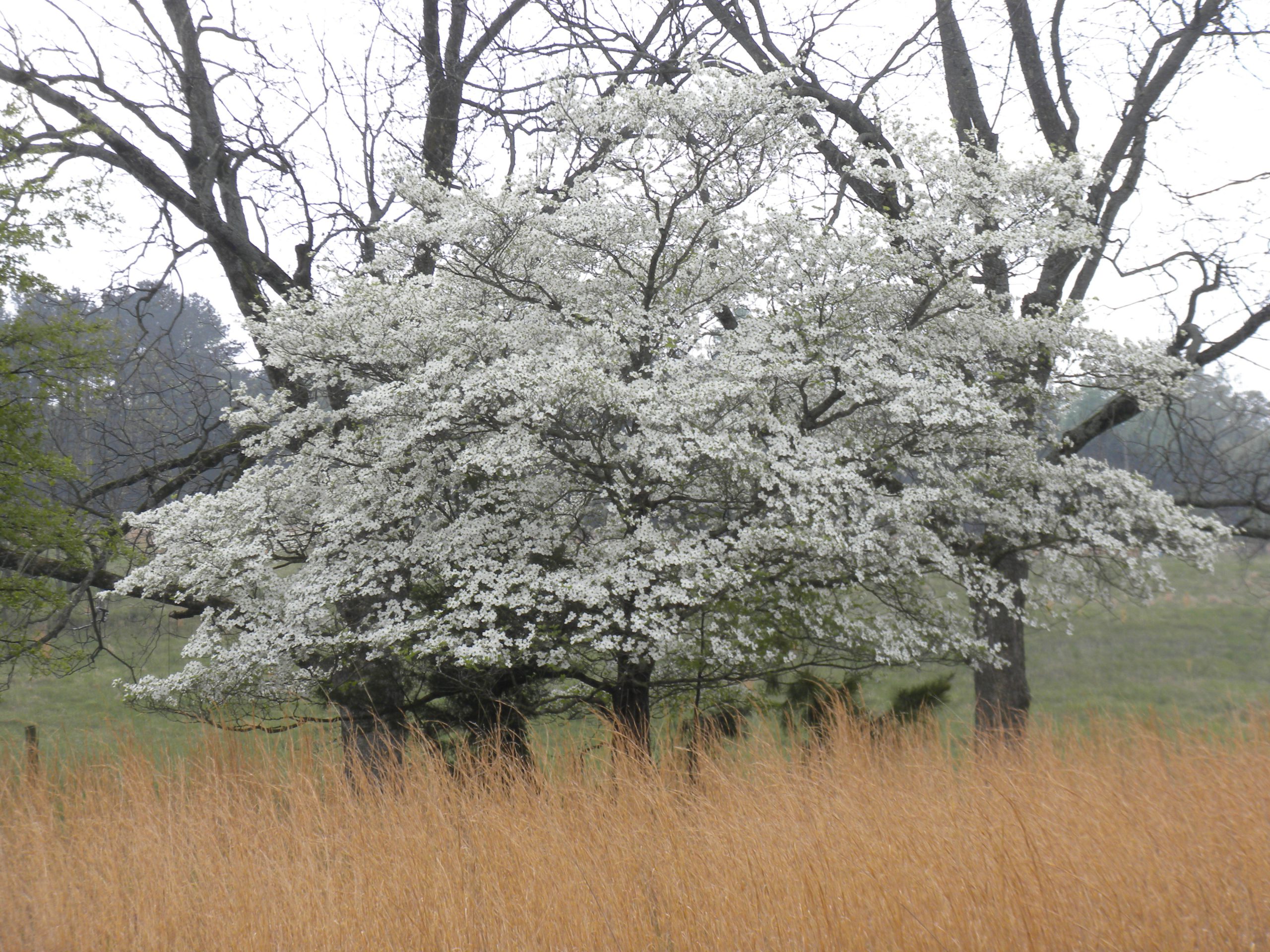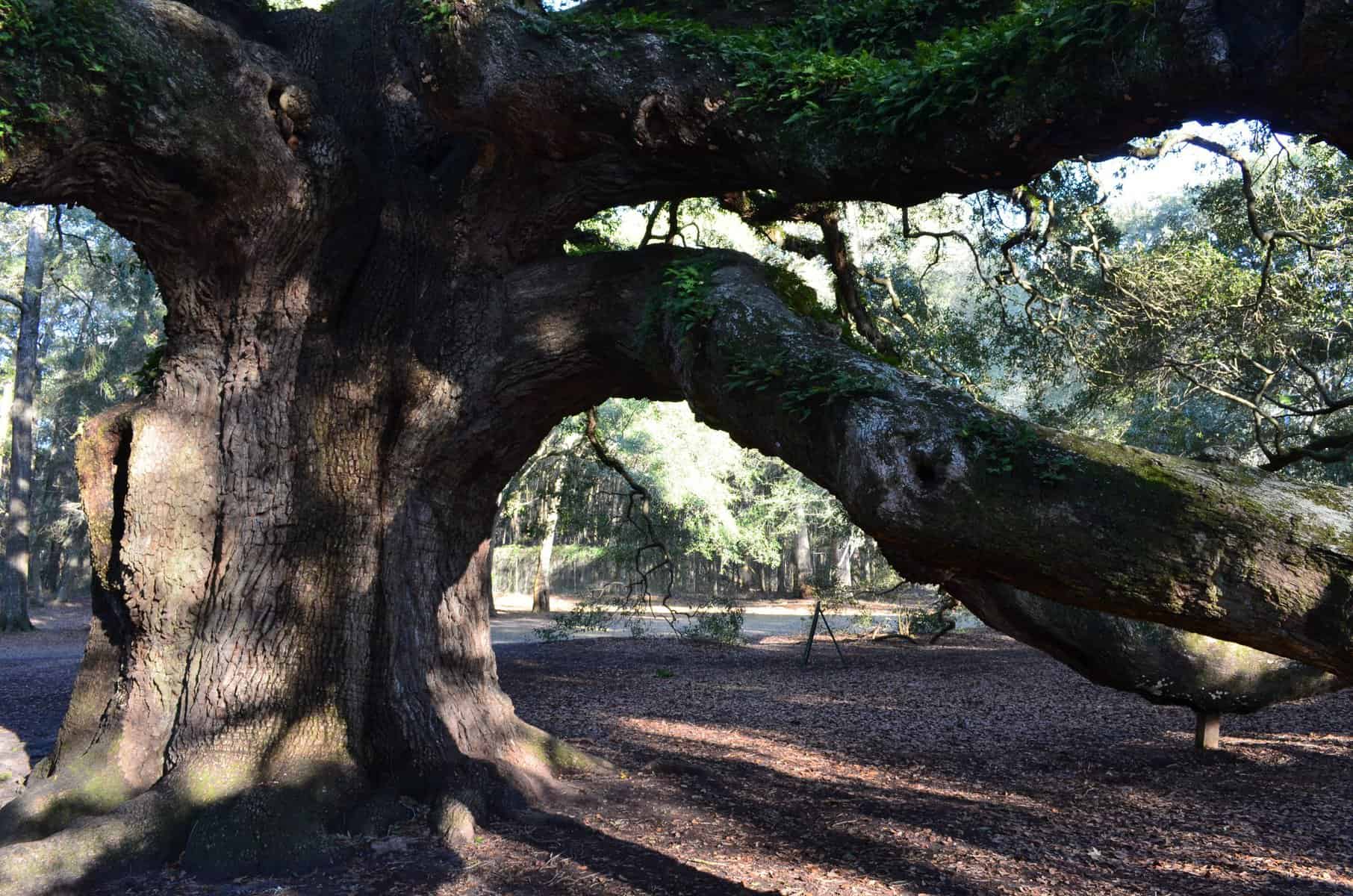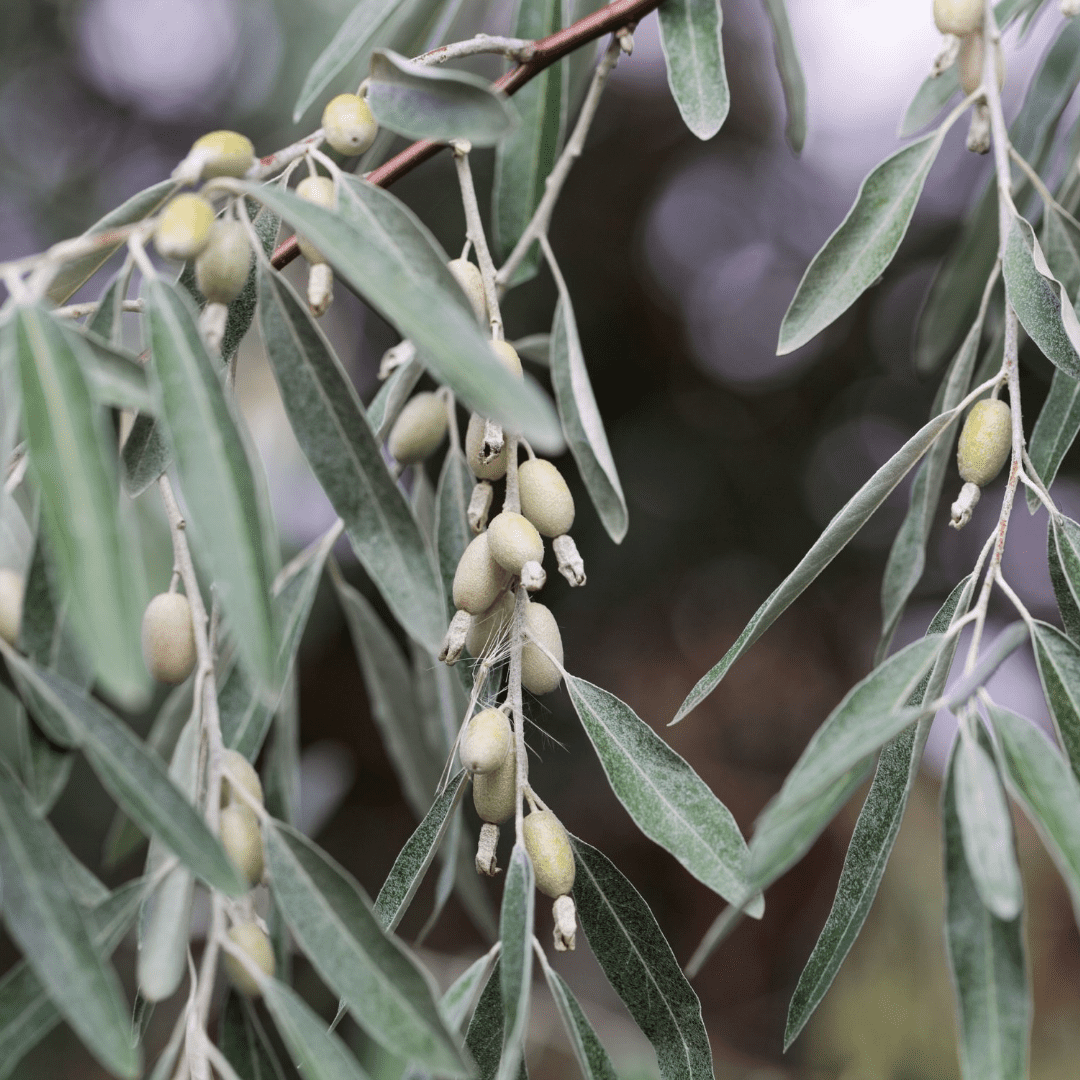Chionanthus retusus- Chinese fringetree
Michael A. Dirr
In 2018, I was asked to assist with our county’s (Oconee, Georgia) tree planting project for a new four-lane, 3.5-mile highway. The county commissioner emphasized the concept of a tree-lined gateway to the county seat, Watkinsville. After many meetings, nursery visits and suggestions, we agreed upon 760 trees, comprising 51 different species and cultivars. The landscape architect sited the trees to minimize underwire issues, sight-line intrusion, and space allocations (medians). Locating diverse small tree species, 15 to 30’, was difficult and redbuds and dogwoods were overplanted, with more loses than I expected. One superlative addition was Chionanthus retusus, Chinese fringetree, the only regret, we did not use more. Chionanthus viriginicus, the native white fringetree, was presented in a previous HMI article/blog. It was included in the project and has prospered.
There are 60 Chionanthus species widely distributed in the tropics with only the above two species temperate zone cold hardy. Chionanthus retusus occurs in mixed forests, thickets, and along rivers in China, Korea, and possibly Japan. In cultivation, it forms a broad-rounded to spreading outline, often with long splaying shoots. I observed permutations in habit from vase-shaped to columnar (‘Tokyo Tower’). I estimate the species landscape size between 15 to 25’ high and wide. The bark on young trees is exfoliating/curling; with age and size, ridged and furrowed, the ridges flat and gray, the furrows, deep brown to black.
Foliage is 2 to 3” long, rounded in outline on ‘China Snow’; 6 to 8” long and narrow elliptic on ‘Arnold’s Pride’. Typically, deep green to glossy dark green in summer and tremendously heat and drought tolerant. Fall color, soft yellow to golden yellow, develops late (November-December), remaining effective for many weeks. The foliage is freeze resistant to at least 25°F.
The flowers are borne in 2 to 3” high, 2 to 4” wide panicles, mid to late May, Athens (zone 8). The flowers occur at the end of the new season’s shoots and shroud the canopy in a fleecy dome of snow; effective for several weeks depending on temperatures. The sexes are separate (for most part), thus fruits may or may not be present. The fruit is a dark blue, ½” long ovoid drupe, the outer covering fleshy, the inner a stone-like seed. Fruits ripen in September-October and persist longer than those of C. virginicus. Birds have stripped C. virginicus on campus while fruits of C. retusus persisted into late fall.
The species is well adapted to extremes of soil, except wet. Acid, alkaline, clay-based, and droughty (once established) are fair game. For maximum flower effect, site in full sun, yet plants in shade are effective. The species transplants readily and is available container-grown and balled and burlapped. Hardiness is open to question with zones 6 to 8 (9) suitable. I suggest -15°F will seriously injure plants, although a 30 to 35’ high specimen, grown from seed collected by E. H. Wilson, has been growing for over 100-years in Boston’s Arnold Arboretum.
The species has thrived in the highway setting and has generated questions about identity. It is an excellent under wire tree and with new cultivars available serves as an alternative to time-honored redbuds and dogwoods.
Cultivars:
‘Arnold’s Pride’ is mentioned above. Vase-shaped outline with longer/clearer trunk and suitable for street tree use. Now in commerce and available from Pleasant Run Nursery, New Jersey.
‘China Snow’ is the thick-textured, glossy dark green leaf, profuse flowered selection developing a rounded outline with a low-branched trunk. Fits the 15 to 25’ high and wide size category. Named by don Shadow, Winchester, TN. Reasonably common in commerce.
‘Tokyo Tower’ is a more or less columnar form, slightly wider at the top, creating a narrow vase-shape silhouette. The 11-year-old plant in the Dirr garden is 24’ high and 8’ wide. Did not produce many flowers until the 6th year and then primarily in the upper branches. A superb choice where lateral space is limited.
Other cultivars include ‘Ashford’, ‘Confucius, and Spirit® (‘CRN10’).

